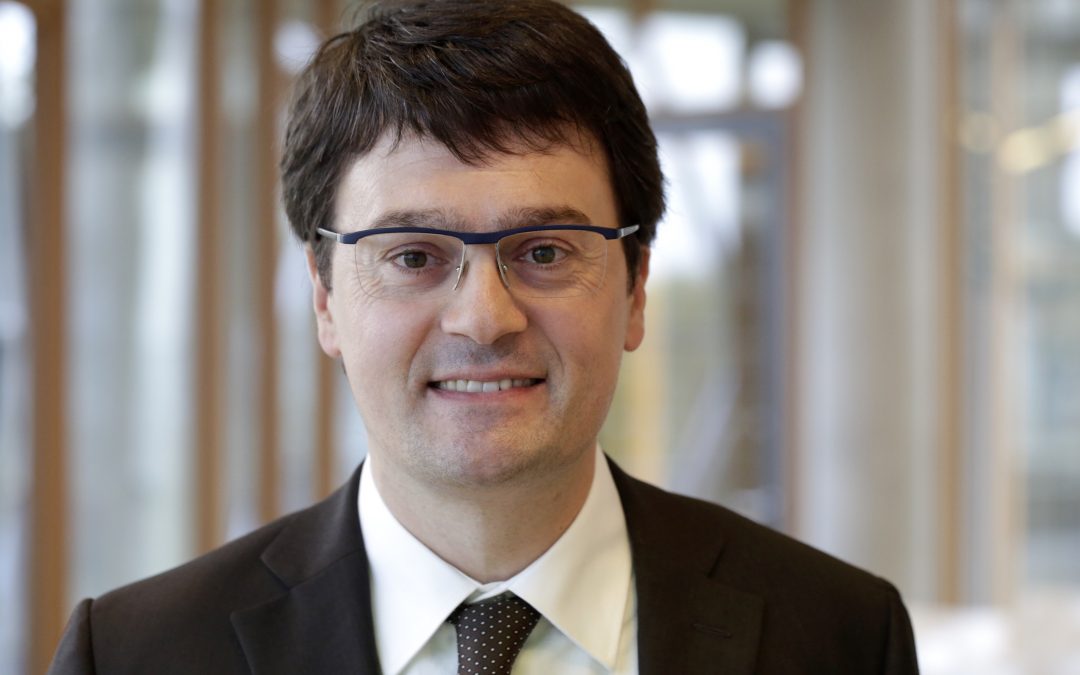“Europe is no less unequal today than in the Middle Ages although with different standards of living” said Guido Alfani, Associate Professor of Economic History, Bocconi University, at a seminar organised jointly by the EIB Institute, the University of Luxembourg and other partners as part of the “Inequality and…” series.
The research – based on archived property tax records in Italy, central Spain, Catalonia, southern France and Normandy, southern and northern Low Countries, and England – shows that “monotonic inequality growth has been continuous in the last seven centuries in Europe” with the top 10% of the population owning 60 to 75% of wealth. Inequality only declined markedly for a century following the Black Death (1347-1351).
Inequality in pre-industrial ages tends to be comparable to inequality in the industrial age with inequality markedly declining only after the two world wars. However, in pre-industrial Europe, economic inequality was not perceived as a problem per se. The situation started to change in the decades immediately preceding the French Revolution (1789), but seemingly it was only during the nineteenth century that “inequality” really became a keyword for Western Culture.
Click here for presentation.





